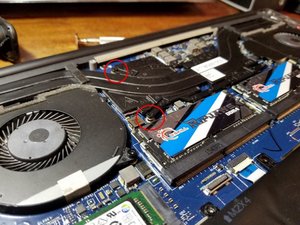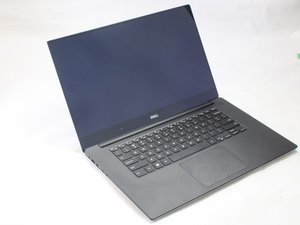How to fix the heatsink screws hold-downs?
In my Dell XPS 9550, I have noticed that two of my 6 heatsink screws hold-downs are out from the motherboard, causing the heatsink part near to the GPU loose, accordingly, less contact with the GPU and less heat dissipation.
I need to know how to fix these screws hold-ups again to the motherboard with a kind of glue that can withstand the high temperature generated by the GPU during load time.
I have found over the internet that it is a common issue for XPS 9550. This is a link of the picture that might give a better understanding of my issue., which I found over the internet as well.


Es esta una buena pregunta?

 1
1  1
1 
 1.5mil
1.5mil 
4 comentarios
I also have it. I am looking for metal to metal screw glue
- de K W
I just found this thread. I have the same problem. Did you find a solution?
- de Javier Carrillo
@javiercarrillo I removed the motherboard and replaced the screw with a longer screw and a nut, the nut is fit on the other side of the motherboard. It is working fine since then. The only drawback is when repasting the processor, you will have to unscrew the motherboard to remove the nut!
- de Haitham
@haitham thanks a lot for getting back to me. I was asking around about this and, for now, I am going to try using some thermal glue and see how it goes. I guess, in the worst case, I will have to go for the longer screw.
I'm a noob for these things :( What is the size/specs of the screw you used? Thanks!
- de Javier Carrillo